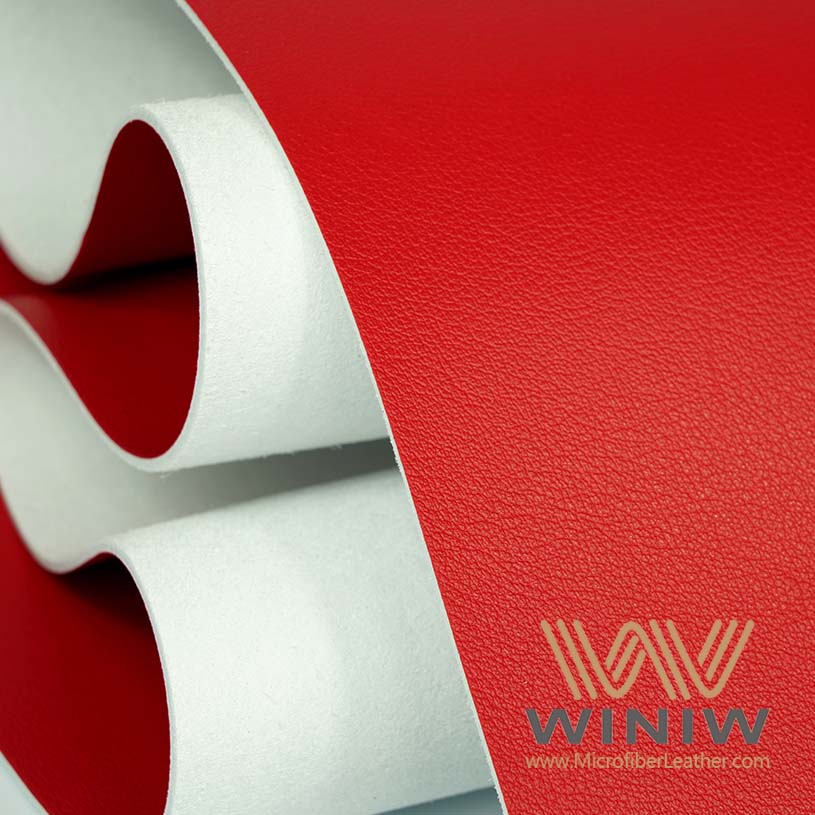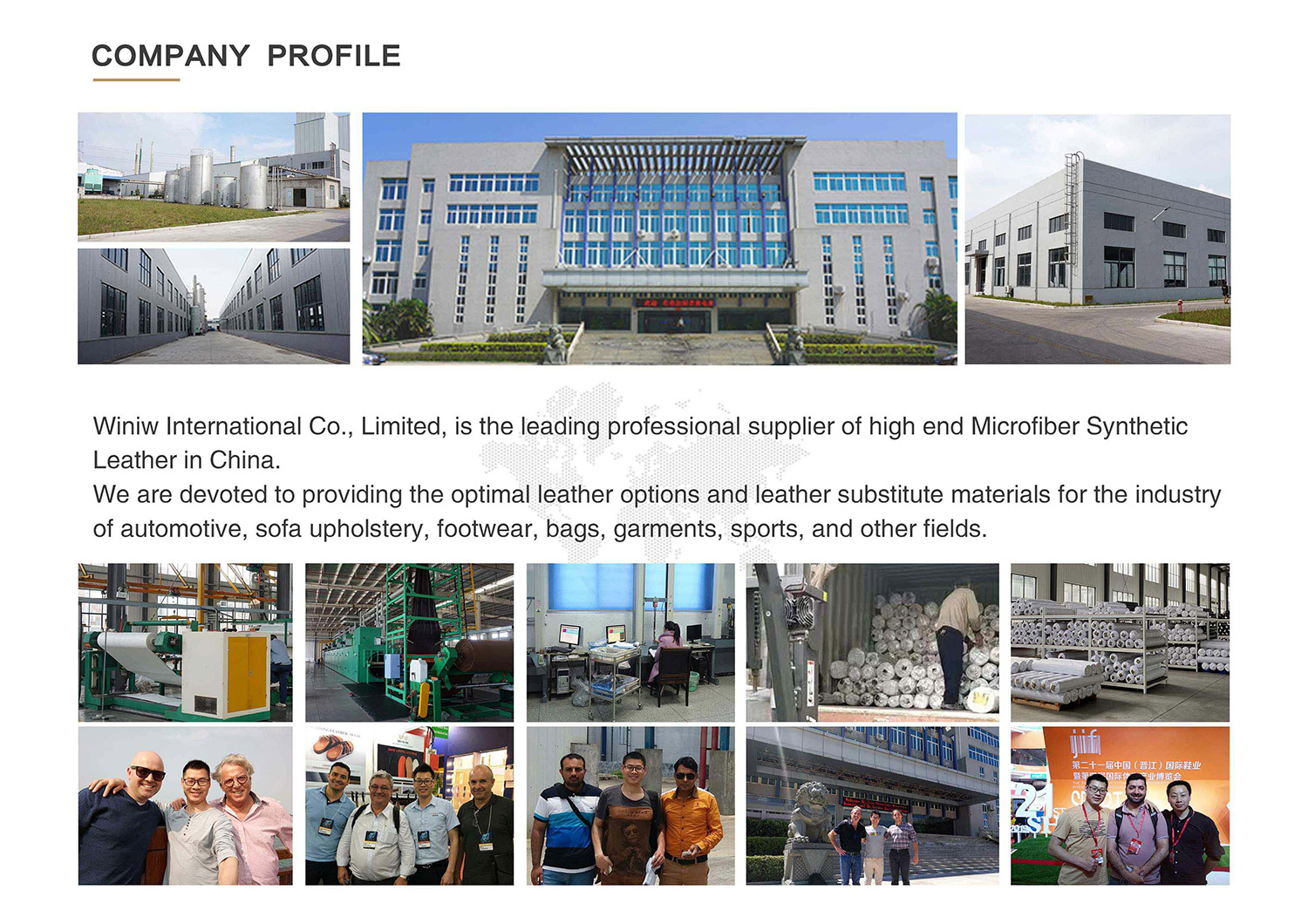
You rely on safety shoes as vital personal protective equipment at work. These shoes shield your feet from hazards like heavy objects and sharp debris.
Nearly 10% of work-related injuries affect feet and ankles.
|
Requirement |
Description |
|---|---|
|
OSHA Requirement |
Employers must ensure employees wear protective footwear in hazardous areas. |
|
ASTM Standards |
Footwear must meet ASTM F-2412-2005 and ASTM F-2413-2005 standards. |
|
Compliance |
Footwear must protect against foot injuries from falling objects, punctures, and electrical hazards. |
Safety shoes reduce lost workdays by improving stability, supporting productivity, and protecting you from common injuries.
Safety shoes are essential for protecting your feet from workplace hazards like heavy objects and sharp debris.
Wearing safety shoes can significantly reduce the risk of foot injuries, leading to fewer lost workdays and improved productivity.
Choose safety shoes that fit your work environment, ensuring they meet safety standards for maximum protection and comfort.
You encounter many risks at work, and safety shoes help protect your feet from these dangers. Safety shoes serve as personal protective equipment (PPE) designed to prevent injuries caused by falling objects, sharp materials, and electrical hazards. You must wear safety shoes in areas where foot injuries are likely.
ASTM International defines safety footwear as shoes that provide protection against foot injuries due to falling or rolling objects, piercing hazards, and electrical hazards. OSHA mandates the use of such footwear in environments where these risks are present.
According to Section 29 of OSHA's Code of Federal Regulations 1910.136, employees must wear safety footwear when working in areas where there is a danger of foot injuries.
Safety shoes differ from regular work shoes because they meet strict standards for impact resistance and electrical hazard protection. You benefit from these shoes because they reduce your risk of injury and help you comply with workplace safety rules.
Manufacturers use advanced materials and technology to make safety shoes strong and comfortable. You will find several important features in modern safety shoes:
Reinforced toe caps protect against heavy objects.
Puncture-resistant soles shield your feet from sharp hazards.
Outsoles with superior grip help prevent slips and falls.
Chemical-resistant materials guard against spills and burns.
Waterproof membranes keep your feet dry.
Insulating linings control temperature for comfort.
|
Material Type |
Benefits |
|---|---|
|
Composite Materials |
Lightweight, non-conductive, thermal insulation, strong protection against impacts |
|
Nitrile Sole |
Enhanced traction for better grip on various surfaces |
|
Steel Toe Inserts |
Provides protection against heavy falling objects and compression injuries |
You can choose safety shoes that fit your work environment and personal needs. Modern designs offer both protection and style, making it easier for you to stay safe and comfortable throughout your shift.

You face many risks at work, and safety shoes help you avoid serious injuries. When you wear safety shoes, you protect your feet from heavy objects, sharp debris, and slippery surfaces. These shoes act as a barrier, reducing the chance of accidents that can keep you off the job.
Safety shoes are crucial in reducing workplace foot injuries.
Mandatory use of safety shoes through evidence-based policies enhances employer responsibility.
Consistent use of safety footwear as part of a safety program can prevent accidents and injuries.
You benefit from ergonomic designs that support your feet and reduce fatigue. Programs that provide safety shoes with proper cushioning and moisture-wicking materials help you stay comfortable during long shifts. Investing in these shoes lowers your risk of injury and improves your overall foot health.
You see real results when workplaces implement safety shoe programs. Slip-resistant soles and reinforced toes help prevent common injuries. When you wear the right shoes, you stay safer and more productive.
You encounter many hazards at work, and safety shoes give you the protection you need. These shoes shield you from falling objects, sharp materials, and dangerous chemicals. Reinforced toe caps prevent crush injuries, while puncture-resistant soles guard against nails and other sharp items.
Heavy loads can cause crushing injuries, which safety shoes help prevent.
Sharp objects on the ground can lead to puncture injuries, mitigated by the shoe's protective features.
Slippery surfaces can cause slips and falls, which are addressed by slip-resistant soles.
Safety shoes often include safety toes made from steel, carbon fiber, or composite materials. Metatarsal guards add extra protection against impacts and punctures. Slip-resistant soles help you avoid falls on wet or greasy floors.
Safety shoes or boots may be required to provide special electrical conduction or insulation to prevent electric shock or static electric spark. Chemical-resistant boots may be required to provide protection from caustic, reactive, toxic, or corrosive materials during cleaning, or surface preparation.
You need specialized safety shoes for different hazards. Shoes with insulating soles protect you from electrical shocks. Non-conductive materials keep electricity from traveling through your feet. In areas with chemical spills, shoes made from resistant materials keep you safe from burns and corrosion.
Specialized safety shoes are essential for various workplace hazards. They protect against falling objects with reinforced toes, preventing severe injuries. Slip-resistant soles help avoid slips and falls on wet or greasy surfaces, which are common in many workplaces. Puncture-resistant plates in the soles guard against sharp objects like nails, while non-conductive materials in safety shoes protect against electrical hazards, reducing the risk of electric shocks.
You stay safe and healthy when you choose the right safety shoes for your job. Proper footwear helps you avoid injuries and keeps you working efficiently.

You find steel toe safety shoes in many workplaces. These shoes use steel caps to protect your toes from heavy impacts and compression. Steel toe shoes offer unmatched strength and durability, making them ideal for construction and manufacturing jobs. You benefit from high impact resistance and long-lasting protection. Steel toe shoes cost less than other types, but they feel heavier and conduct cold and heat. You may also set off metal detectors when you wear steel toe shoes.
|
Advantages of Steel Toe Shoes |
Disadvantages of Steel Toe Shoes |
|---|---|
|
High Impact Resistance |
Heavier Weight |
|
Cost-Effective |
Temperature Conductivity |
|
Long-Lasting |
Metal Detection Issues |
You choose composite toe shoes for lightweight comfort and insulation. These shoes use materials like Kevlar, carbon fiber, or plastic. Composite toe shoes do not conduct electricity, so you stay safe in electrical environments. You also avoid setting off metal detectors, which helps in security-sensitive areas. Composite toe shoes keep your feet comfortable in hot and cold conditions because they do not transfer temperature easily.
Composite toe shoes work well for welders, electricians, security guards, and airport workers. You get protection without extra weight, making long shifts easier.
You pick alloy toe shoes when you want strong protection with less weight. Alloy toe shoes use metals like aluminum or titanium. These shoes meet safety standards similar to steel toe shoes but feel lighter and less bulky. You move more easily and stay comfortable during long hours. Alloy toe shoes cost more than steel toe shoes and can still conduct cold and heat.
Alloy toe boots provide certified protection.
You enjoy a slimmer boot profile for better mobility.
Alloy toe shoes suit construction sites and jobs that require frequent movement.
You need to match your safety shoes to your job. Look for toe protection, slip-resistant soles, and waterproof features. Choose shoes with breathable materials and cushioned insoles for comfort. You stay safe and productive when you select shoes that fit your work environment and daily tasks.
|
Toe Type |
Protection Level |
Advantages |
Disadvantages |
|---|---|---|---|
|
Steel Toe |
High |
Durable, cost-effective, strong protection |
Heavy, conducts cold, metal detection issues |
|
Alloy Toe |
High |
Lighter, good insulation, slim profile |
More expensive, conducts cold |
|
Composite Toe |
Moderate to High |
Lightweight, non-conductive, good insulation |
May not handle extreme impacts, higher cost |
Tip: Always check for certified safety standards before you buy new safety shoes.
You play a key role in workplace safety by wearing proper safety shoes. These shoes help you avoid injuries and support your health.
Improved foot health
Better posture
Less fatigue
Fewer injuries
Quality footwear boosts morale, increases productivity, and saves companies money by reducing injury claims and turnover.

Safety shoes protect your feet from impacts, punctures, and electrical hazards. Regular work shoes do not offer these protections or meet safety standards.
You should replace your safety shoes when you see visible damage, worn soles, or after a major impact. Check them every few months for signs of wear.
Yes, you can wear safety shoes outside work. They provide extra protection and comfort for outdoor activities or home projects.

Сканирование в wechat:
